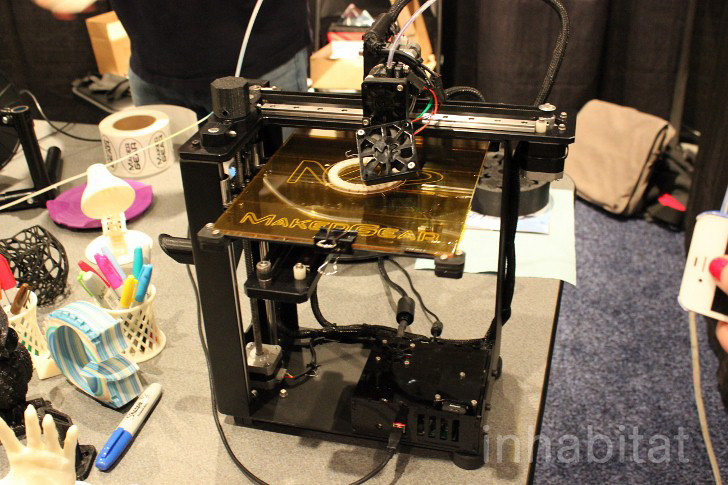As I've blogged about before, 3D printers are awesome! They are a little expensive - Makerbot's 3D machines hover around $2000 - but you can print out small 3D trinkets and have a blast! The main store where you can see demos is the Makerbot store in NYC. Luckily, some libraries are getting into the act and opening up their own 3D printing stations so that you can get in on the fun!
According to the Washington Post :
Cleveland and D.C. are part of an expanding club of public libraries making 3-D printers available to patrons, often as part of a “maker lab” type environment. The Johnson County Public Library in the Kansas City suburbs debuted a “MakerSpace” in the spring with a MakerBot 3-D printer, iMacs, cameras and other equipment and software people might not normally be able to access at home.
The Westport Public Library in Connecticut launched a similar Maker Space with a 3-D printer this month after a successful “Maker Faire” showcasing the tech in the spring. Ben Miller, director of the public library in Sauk City, Wis., called their acquisition of a 3-D printer in 2012 part of a larger move to “creation rather than consumption.”
Check out a video of the 3D printing area at the Harold Washington library in Chicago:











